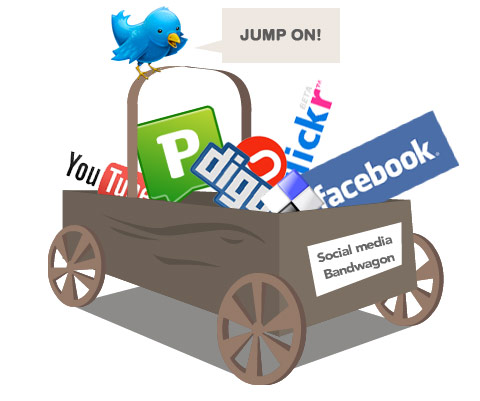Technology heralds new era of journalism
February 25, 2015
It’s the 1960s. It’s the early evening, but many Americans are home already, plastered in front of their TVs to watch the news. “CBS Evening News” anchorman Walter Cronkite, one of the most well-respected broadcast journalists of all time was trusted by everyone, liked by everyone, believed by everyone. And those who didn’t watch his show got their news from reading the Sunday paper.
This news world of one vital newscaster and hardcopy papers being delivered simply doesn’t exist anymore, and many people regret the loss. But with the changing technology of the last 50 years, it’s time to embrace the new media.
What is the new media? The new media is 10 free articles, additional content after the show and biased news channels with an agenda. It’s Twitter hashtags and Tumblr blogs. It’s getting our news from multiple sources and perspectives.
Despite what many detractors say, technology has been a good thing for the world of journalism. Smart phones allow us to take pictures of unexpected events on site. Twitter lets us make fast updates on unfolding events and lets people at home experience sporting events in real time. New content can go up daily. More information is available than ever, all with the click of a Google search button.
The theory behind the reluctance to accept the new media is that it is less reliable. And it’s true to an extent: Civilian journalism is on the rise with social media. But in reality, we’re just giving people more and letting them find the truth. Isn’t it better to have to search for the truth with a lot of information than to blindly trust all the Cronkites of the world?
As Online Editors-In-Chief of tjTODAY, we use the platforms of new media to unleash our voices and reach out to the Jefferson community. From our Twitter account to Facebook page, we’re not afraid to embrace this changing side of technology and celebrate the accomplishments we can make.






